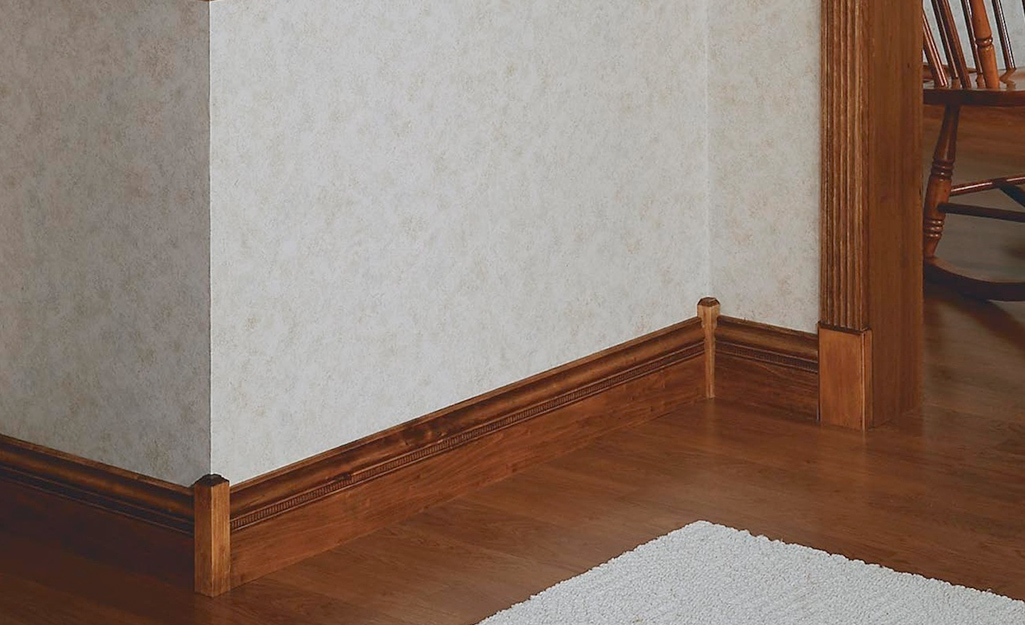When it comes to home improvement, few elements have the ability to transform the look and feel of a room as effectively as baseboards. These understated yet essential components of interior design not only complete the transition between walls and floors but can also enhance the overall aesthetic of your space. In this extensive guide, we will explore everything you need to know about Floor and Decor baseboards. From selecting the right style and material to installing them correctly, we’ll cover it all.
What Are Baseboards?
Baseboards, also known as skirting boards or mopboards, are the boards that run along the bottom of a wall, covering the joint between the wall surface and the floor. Their primary purpose is to protect the wall from scuffs and damage and to create a finished look for your room.
Why Choose Floor and Decor Baseboards?
Floor and Decor is known for its vast selection of flooring and decor products. Choosing baseboards from Floor and Decor comes with several benefits:
- Variety: A wide range of styles, materials, and finishes to match any decor.
- Quality: High-quality products that stand the test of time.
- Affordability: Competitive pricing without compromising on style or durability.
Types of Baseboards Offered by Floor and Decor
Floor and Decor provides several types of baseboards to cater to different design preferences. Here are the most popular categories:
1. MDF Baseboards
MDF (Medium-Density Fiberboard) baseboards are a popular choice due to their versatility and affordability. They can be easily painted to match your wall color.

2. Wood Baseboards
Wood baseboards offer a classic look and are available in various species, including pine, oak, and cherry. They can be stained or painted for a customized finish.
3. PVC Baseboards
PVC baseboards are a durable and water-resistant option, making them ideal for high-moisture areas like bathrooms and kitchens.

4. Composite Baseboards
Composite baseboards combine materials like wood and plastic, providing durability and an attractive appearance without the maintenance associated with solid wood.
Choosing the Right Baseboard Style
Choosing the right baseboard style is crucial for complementing your interior design. Consider the following styles:
- Modern: Sleek and minimalist lines that suit contemporary decor.
- Traditional: Detailed and ornate profiles that add a classic touch.
- Farmhouse: Rustic designs that incorporate reclaimed materials for a cozy feel.
- Transitional: A blend of modern and traditional styles for a versatile look.

| Type | Material | Cost | Durability | Paintable |
|---|---|---|---|---|
| MDF | Medium-Density Fiberboard | Low | Moderate | Yes |
| Wood | Solid Wood | High | High | Yes |
| PVC | Plastic Composite | Moderate | Very High | No |
| Composite | Wood + Plastic | Moderate | High | Yes |
Installing Floor and Decor Baseboards
Installing baseboards is a DIY task that can enhance your home’s aesthetic without requiring a professional. Here’s a step-by-step guide to installing Floor and Decor baseboards:

Tools and Materials Needed
- Baseboards (of your choice)
- Miter saw
- Nail gun or hammer
- Wood glue
- Caulk
- Paint or stain (if desired)
- Measuring tape
- Pencil
Step-by-Step Installation Guide
- Measure Your Walls: Use a measuring tape to determine the length of each wall where you will install the baseboards.
- Cut the Baseboards: Using a miter saw, cut the baseboards to the appropriate lengths, making angled cuts at corners.
- Attach the Baseboards: Use a nail gun or hammer to attach the baseboards to the wall, starting at one end of the wall.
- Fill Gaps: Apply wood glue or caulk to fill any gaps between the baseboard and the wall.
- Finish: Paint or stain the baseboards as desired, allowing adequate drying time.

Pros and Cons of Floor and Decor Baseboards
Pros
- Wide selection of styles and materials.
- Affordable pricing options.
- High-quality and durable products.
- Easy installation for DIY enthusiasts.
Cons
- Some materials may require more maintenance.
- Higher cost for premium wood options.
- Limited availability in certain locations.
Frequently Asked Questions (FAQs)

What is the best material for baseboards?
The best material for baseboards depends on your budget and style preferences. MDF is an excellent budget-friendly option, while solid wood provides a classic look and durability.
How do I paint baseboards?
To paint baseboards, ensure they are clean and free from dust. Apply a primer if necessary, followed by a coat of paint. Using a small brush can help achieve a neat finish.

Can I install baseboards myself?
Yes! Installing baseboards is a manageable DIY project. Following the steps outlined in this guide will lead you to a professional-looking installation.
How do I clean and maintain my baseboards?
Regular dusting and occasional cleaning with a damp cloth will keep your baseboards looking fresh. For painted or stained wood, avoid harsh cleaners that could damage the finish.
What height should baseboards be?
The height of baseboards can vary based on room height and personal preference. Typically, baseboards range from 3 to 6 inches. Taller baseboards can create a more dramatic impact in larger rooms.
Conclusion
Baseboards are an essential element of interior design that can enhance the beauty of your home. With a range of styles and materials available from Floor and Decor, you can find the perfect option to suit your needs. Whether you’re a DIY enthusiast or simply looking to refresh your space, this guide has equipped you with the knowledge to choose and install your baseboards effectively.
Happy decorating!